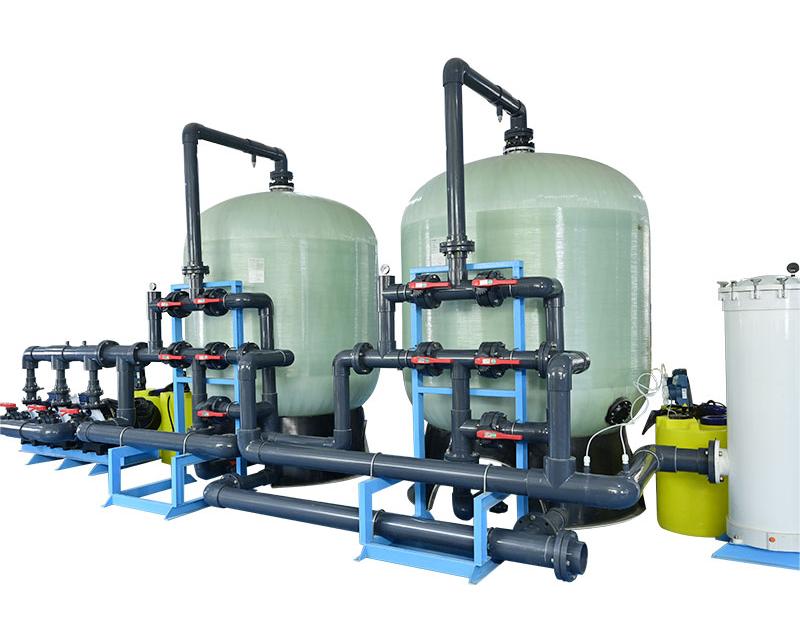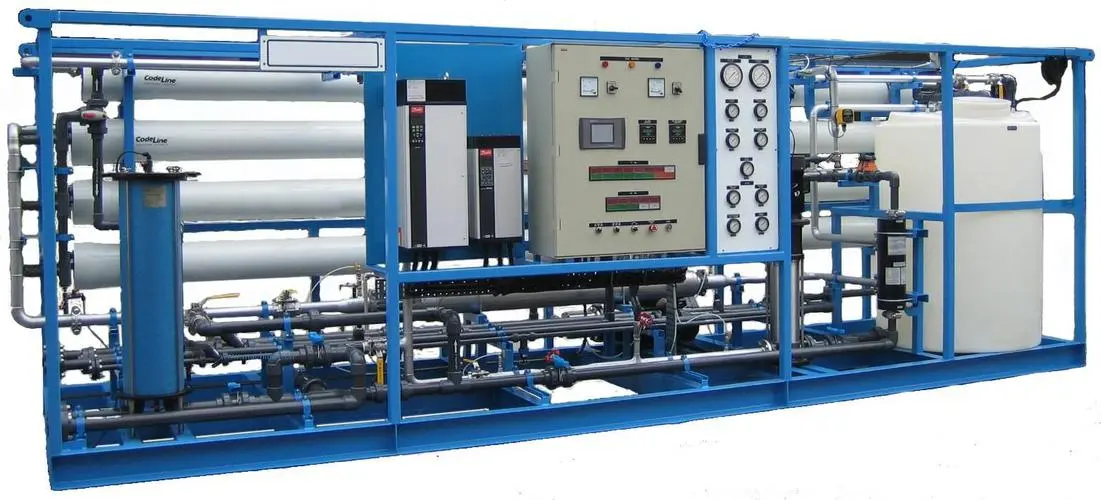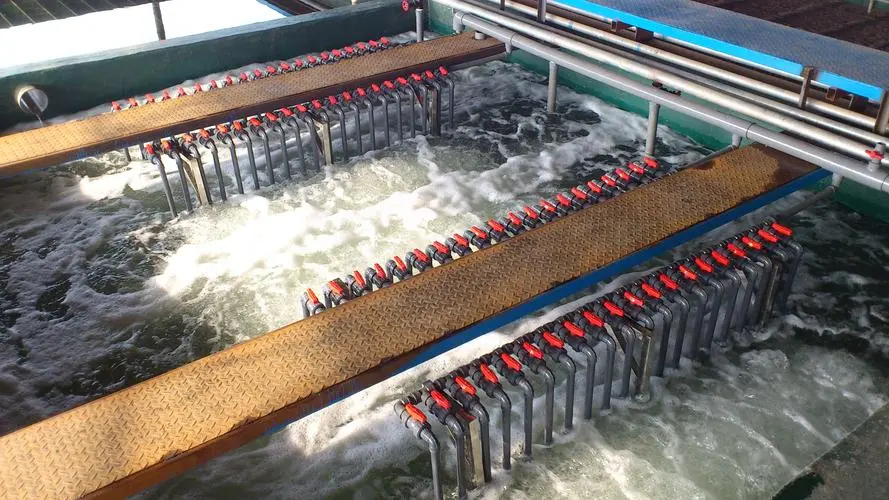How do seawater desal plants handle high salinity water sources?
Seawater desalination technology has attracted much attention as an important water resource solution. However, the challenge faced by certain regions is the abnormally high salinity of seawater, which poses additional challenges for seawater desalination plants. This article will reveal how seawater desalination plants can treat high salinity water sources to provide sustainable freshwater solutions for more regions.
1. Advanced reverse osmosis membrane technology: removing high salinity
Facing high salinity water sources, adopting advanced reverse osmosis membrane technology is the primary choice for seawater desalination plants. The micropores of these membranes can finely remove high salt molecules from seawater, ensuring the quality of fresh water. Compared with traditional membrane materials, the new reverse osmosis membrane performs better in high salinity water source treatment, providing a more efficient solution for seawater desalination plants.

2. Multi stage reverse osmosis system: layer by layer filtration
In order to improve the efficiency of treating high salinity water sources, the seawater desalination system adopts a multi-stage reverse osmosis system. The design of layer by layer filtration ensures that every drop of seawater undergoes precise treatment, maximizing the removal of salt. This system not only improves freshwater yield, but also reduces the risk of membrane fouling and prolongs system lifespan.
3. Intelligent pretreatment process: responding to challenges of different salinity levels
In response to the diversity of high salinity water sources, the seawater desalination system has implemented an intelligent pre-treatment process. The system adjusts the pre-treatment plan based on real-time salinity levels, such as achieving efficient desalination by adding specific chemical agents. The intelligent pre-treatment process provides personalized solutions for high salinity water sources.

4. Energy recovery technology: reducing processing costs
Dealing with high salinity water sources often comes with higher energy costs. To reduce this challenge, energy recovery technology is widely used in seawater desalination systems. By recovering the energy generated in the system, especially the pressure energy generated by the high-pressure pump, the overall energy consumption of the system can be significantly reduced. This environmentally friendly technology not only reduces operating costs, but also conforms to the concept of sustainable development.
5. Advanced monitoring system: Real time response to salinity fluctuations
The salinity of high salinity water sources may fluctuate due to factors such as season and weather, and advanced monitoring systems are used in seawater desalination systems. Real time monitoring of salinity changes enables the system to quickly respond and adjust the parameters of the reverse osmosis system to ensure the stability of the treatment effect. This real-time response capability makes the seawater desalination system more flexible and adaptable to various water quality conditions.

6. High temperature evaporation technology: efficiently solving high salt problems
In high-temperature areas, seawater desalination systems use high-temperature evaporation technology. By utilizing renewable energy sources such as solar energy, seawater is heated to high temperatures to achieve evaporation and separation. This technology has unique advantages in treating high salinity water sources, especially suitable for water resource treatment in some tropical regions.
7. Continuous Innovation: Searching for Better Solutions
Faced with the constantly changing water resource situation, seawater desalination systems seek better solutions through continuous innovation. From the development of new materials to the introduction of intelligent control systems, technological innovation is driving seawater desalination systems to better adapt to different salinity water sources, providing sustainable freshwater resources for the world.

Seawater desalination plants are actively addressing the challenge of treating high salinity water sources and providing efficient and sustainable freshwater solutions for more regions. This series of innovations will drive global water resource management into a new stage and provide more feasible solutions for humanity to address freshwater shortages.




